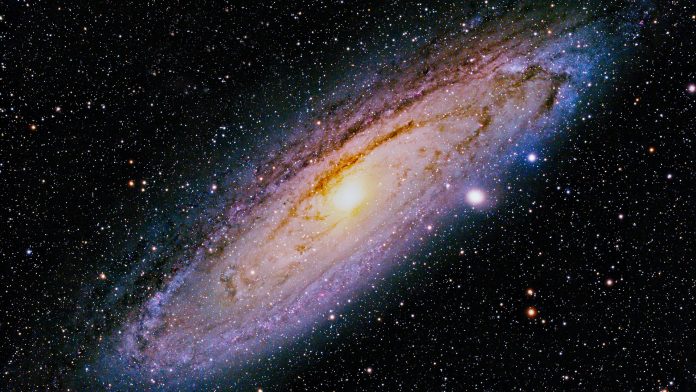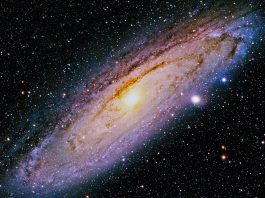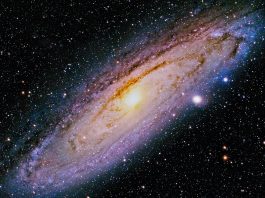An investigation into the orbits of the Milky Way’s metal-poor stars has found that some of them travel in previously unpredicted patterns, challenging how scientists understand the evolution of the galaxy.
Previous studies had shown that metal-poor stars were almost exclusively confined to the Galaxy’s halo and bulge, but this study revealed a significant number orbiting the disk itself. The Sun also orbits within the disk, which is why it manifests as the comparatively thin, ribbon-like structure easily visible from Earth in the night sky.
Professor Gary Da Costa from Australia’s ARC Centre of Excellence in All Sky Astrophysics in 3 Dimensions (ASTRO 3D) and the Australian National University, said: “Metal-poor stars – containing less than one-thousandth of the amount of iron found in the Sun – are some of the rarest objects in the galaxy.
“We’ve studied 475 of them and found that about 11% orbit in the almost flat plane that is the Milky Way’s disc. They follow an almost circular path – very much like the Sun. That was unexpected, so astronomers are going to have to rethink some of our basic ideas.”
The results suggest that the orbits of ancient stars fell into a number of different patterns, all but one of which matched previous predictions and observations. As expected, many of the stars had largely spherical orbits, clustering around the Galaxy’s ‘stellar halo’ – a structure thought to be at least 10 billion years old. Others had uneven and “wobbly” paths assumed to be the result of two cataclysmic collisions with smaller galaxies that occurred in the distant past – creating structures known as the Gaia Sausage and the Gaia Sequoia.
Lead author Giacomo Cordoni from the University of Padova in Italy, who performed the bulk of the study while on a recent study placement at the ANU, said: “This discovery is not consistent with the previous Galaxy formation scenario and adds a new piece to the puzzle that is the Milky Way. Their orbits are very much like that of the Sun, even though they contain just a tiny fraction of its iron. Understanding why they move in the way that they do will likely prompt a significant reassessment of how the Milky Way developed over many billions of years.”
Cordoni’s team included scientists from Italy’s Centre of Studies and Activities for Space, the Max Planck Institutes for Astrophysics and Astronomy in Germany, the Massachusetts Institute of Technology in the US, Sweden’s Uppsala and Stockholm universities, and Australia’s Monash University, University of New South Wales and ANU.









